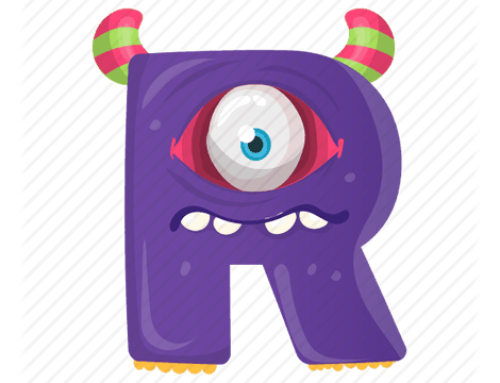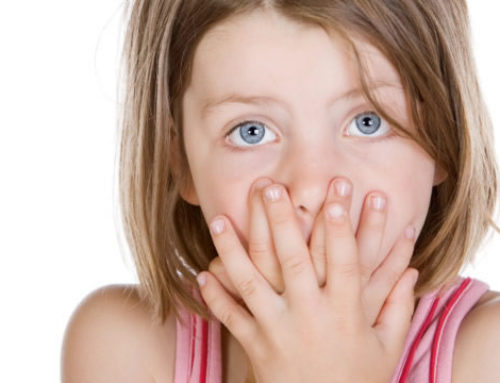There are lots of little things you can do everyday to help your child develop their speech & language skills. Here are a few fun ideas you can start with right away…
Be a “Commentator”
When you are spending time with your child, describe what you are doing and why you are doing it. Even seemingly mundane tasks can use some commentary…”I’m changing your diaper, and then we’re going to get you dressed in your dinosaur t-shirt!”
To kick your commentary up a notch, you can:
Engage multiple senses by describing how things smell, taste or feel:
- “Look at the beautiful red rose – I am going to smell it because roses smell sweet!” or
- “This apple looks good, I bet it tastes sweet and juicy,” or
- “I’m petting the cat and I like how her fur feels so soft and silky.”
Use your words to describe how you can solve a problem:
- “My hands are dirty and sticky. I don’t like the way they feel, so I am going to wash them with soap.”
- “Uh-oh, a page in my book ripped. I think I’ll get some tape to fix it.”
Keep the Conversation Going
Whether you are talking to an 18-month old or an 8-year-old, listen intently to your child and respond accordingly. Conversations are a back-and-forth, turn-taking exchange. If your toddler is using gestures to communicate, gesture back with your verbal response.
Mix it Up!
Introduce new vocabulary to your child in a natural way by using synonyms when responding to his comments:
- “You’re right, that truck is very big — it’s gigantic! ”
- “I think you are more than tired, — you’re exhausted.”
- “Look at how dirty my car is — it’s filthy!”
Be a Storyteller
Create some characters with your child and make telling stories about them part of your bedtime routine. These characters can have adventures with simple conflicts and resolutions. While enjoying special story time with you, your child will also be learning about sequencing events, using words to describe actions, and a myriad of other language skills.
Have a “Sing Along!”
When you sing simple songs and nursery rhymes with your child, you are helping them learn the natural rhythms and patterns of speech. Add some gestures and body movements to this activity, and you’ll make it even more fun! Some favorites include:
- The Itsy-Bitsy Spider
- Wheels on the Bus
- Twinkle-Twinkle Little Star
- If You’re Happy and You Know It (clap your hands, stomp your feet, spin around, etc.)



